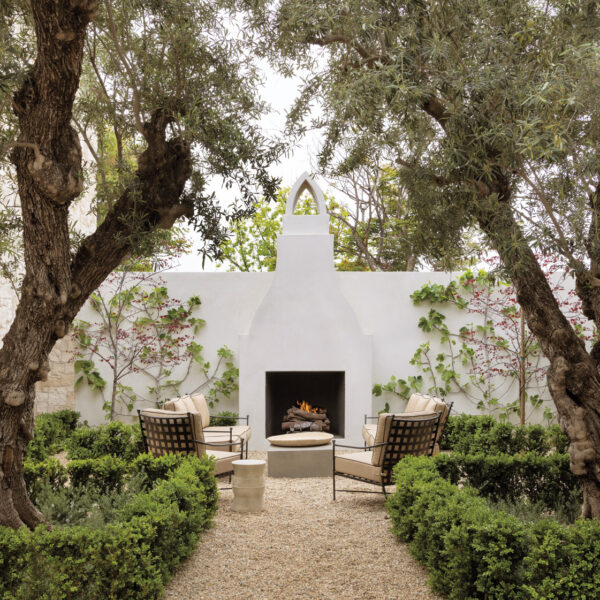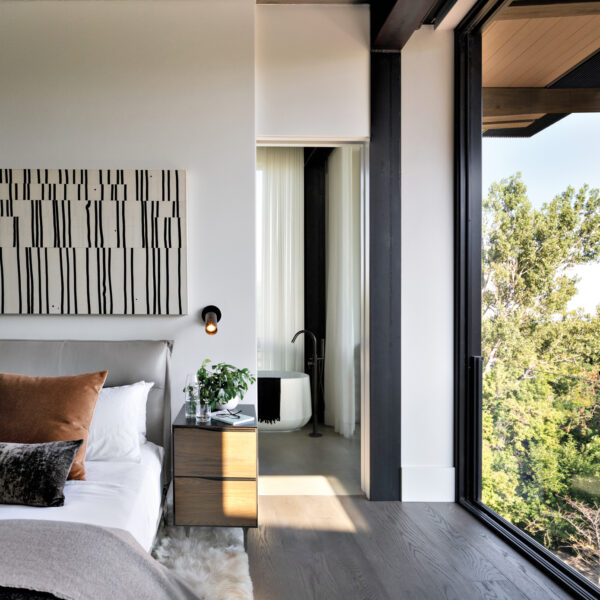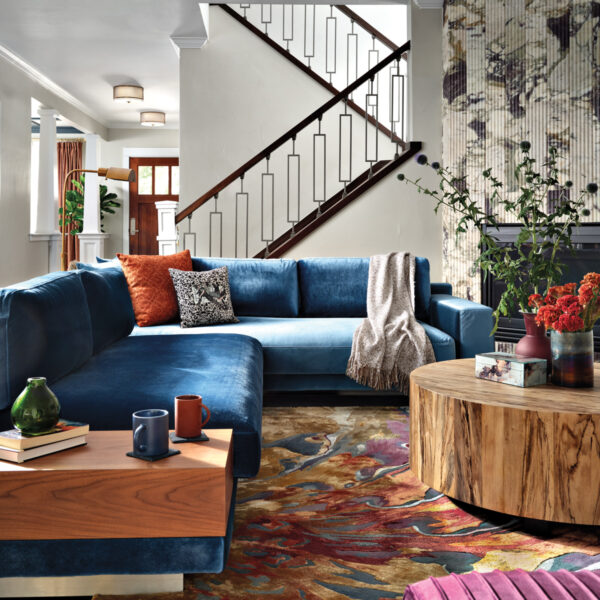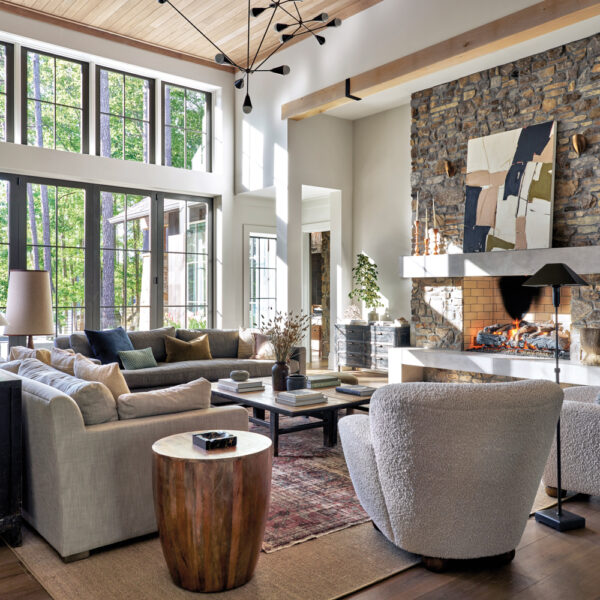When a young Seattle couple found a handsome circa 1900s craftsman situated in Capitol Hill—near Volunteer Park, with all its cultural and recreational assets that they desired—they were thrilled. The fact that the home’s architectural integrity was still solid clinched the deal. “We wanted to update it respectfully, without sacrificing any of its character,” says the homeowner. “And because it was in such good condition, there was a template for us to follow. Most of the rooms had not been altered and all the original trim work was intact, though not necessarily in perfect condition.”
With practical floor plans and artful details, craftsman homes are known for embodying understated sophistication. But “they also tend to be dark,” notes designer Graciela Rutkowski. Yet when she came onto this project, she was pleased to see that all the architectural improvements that the homeowners had executed were done so with impeccable style and grace. “The bones of the house were beautiful, and the rooms were filled with light,” Rutkowski recalls. “They’d done an exceptionally thoughtful renovation and modernized the house without changing the nature of the aesthetic.”
That renovation team included architect John Decker and builder Thomas Jacobson. Decker, whose firm was then known as Spencer Decker Architects, credits the couple’s modus operandi for the success of the renovation. “They only corrected the issues that made modern- day living difficult and updated the house but stayed true to the nature of the architecture,” he explains. Custom trims were cut to copy the originals, windows were added to look as if they had always been there, and the mechanicals were given a state-of-the-art overhaul. Ironically, “it became a down-to-the-studs project to bring everything up to code,” says Jacobson. “You never know what you’ll uncover in an older home, and this was built when electricity had just come into residential use, so it was plumbed for gas lighting, too.”
After completing construction, “We had our first child, so we took a breather to figure out our next steps,” says the owner. Though these next steps seemed to be relatively routine, they inadvertently paved the way to the project’s completion. First, the couple fell for a hand- knotted Turkish Oushak on a trip to New York, and they bought the rug for their living room. Then they decided to finish the basement and enlisted builder Matthew King for this second phase of their renovation. When King noticed that the sole furnishings were the rug and a grand piano, he referred them to Rutkowski, and he stayed on to help the designer with any construction projects she needed implemented.
Rutkowski had her work cut out for her. “It looks like a simple little craftsman from the outside, but it unfolds into this large, gracious, exquisitely renovated shell,” she says. “It needed furnishings with the cachet to match the architecture, and it all had to be family-friendly. Nothing could be off-limits to the kids.” Capturing the couple’s personalities and playing to the Oushak were the easy parts. “They were very vocal, decisive and fast,” she says. “And the rug was not only stunning, but it also had a muted but broad palette of neutrals that could play against many hues.”
Making the house come alive with color and light—“which is so important given our gray Seattle winters,” says the homeowner— proved tricky, and the designer peppered bold but edited dashes of coral, blue and green where they would be the most effective. Rutkowski’s game plan proved so effective that the couple are already looking forward to their next project with her—a weekend cabin on land they just acquired in Suncadia—where they will continue the synergistic relationship they discovered in Capitol Hill. “When the owners asked for mix-matched dining chairs,” remembers the designer, “I said, ‘You’re speaking my language.’ ”






